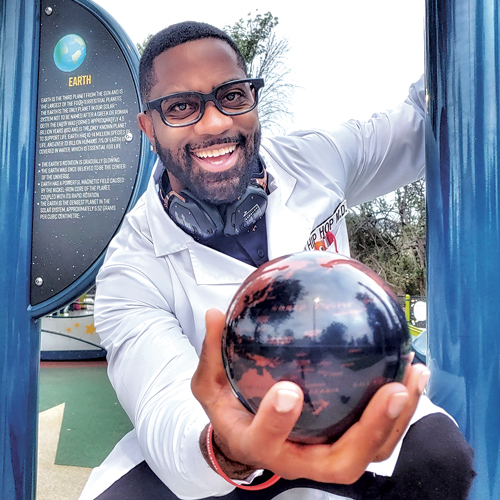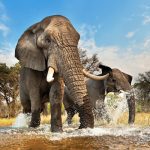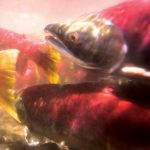STEM
February 24, 2024
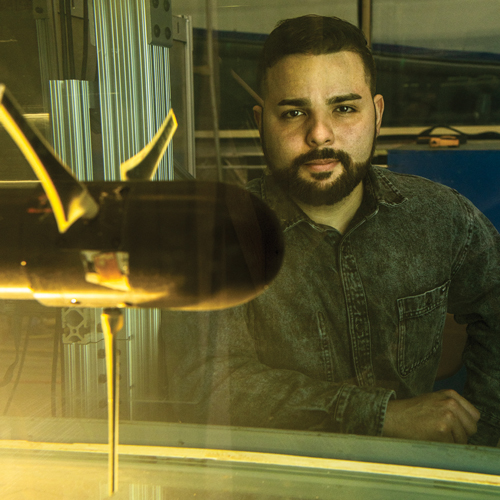
Clean energy urgency
The UW’s Clean Energy Institute is speeding the development of next-generation technology and supporting the experts who will create it.
October 24, 2023

In pursuit of tech equity
While researching technology, equity and innovation, Ph.D. candidate Jay Cunningham makes time to help steward the University as a UW regent.
September 2, 2023
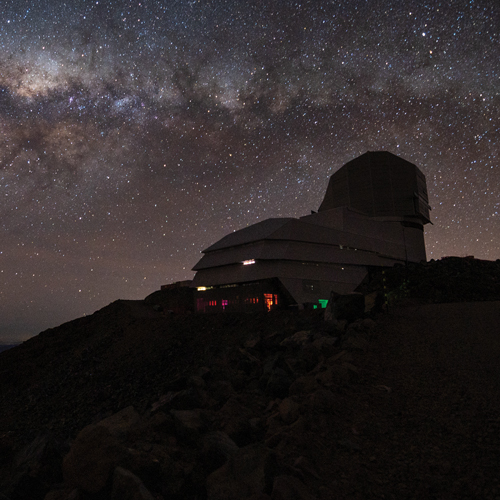
Astronomical data
A tool developed by the UW’s Institute for Data Intensive Research in Astrophysics & Cosmology will help manage massive amounts of data.
June 9, 2023

Blast off
Watch a video of a recent rocket launch in White Swan, WA with the Washington Space Grant team and Yakama Nation tribal members.
May 29, 2023
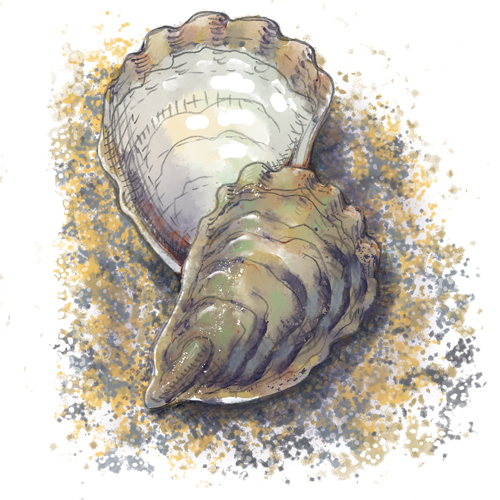
Coastal meets celestial
While some universities boast of their land grants, the UW is where you’ll find cutting-edge research and education on sea and space.
May 28, 2023
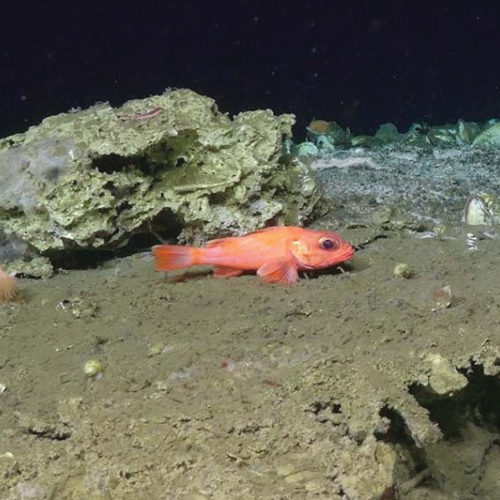
Seeps from the deep
A recent UW-led study exploring the seafloor about 50 miles off Newport, Oregon, discovered seeps of warm, chemically distinct liquid shooting up.
January 3, 2023
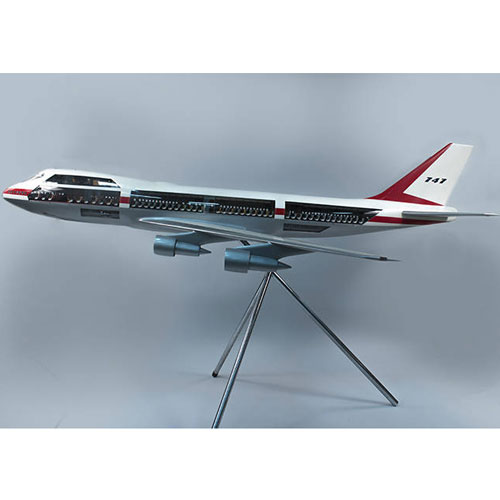
So long, 747
Boeing rolls out the final 747 – once known as the Queen of the Skies – and the end of an era is upon us for a plane designed by a famous alum.
November 27, 2022
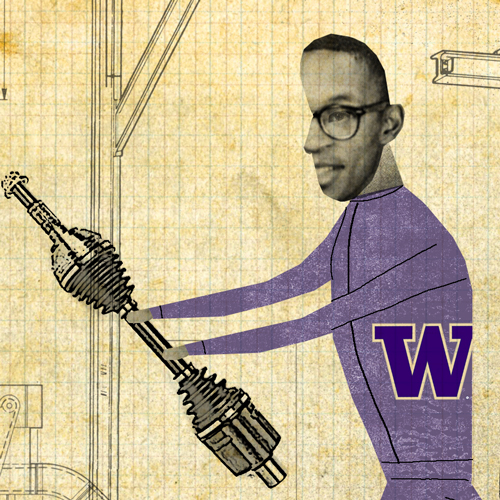
Driving innovation
The UW team earned the EcoCAR Collaboration Award at last spring's Mobility Challenge.
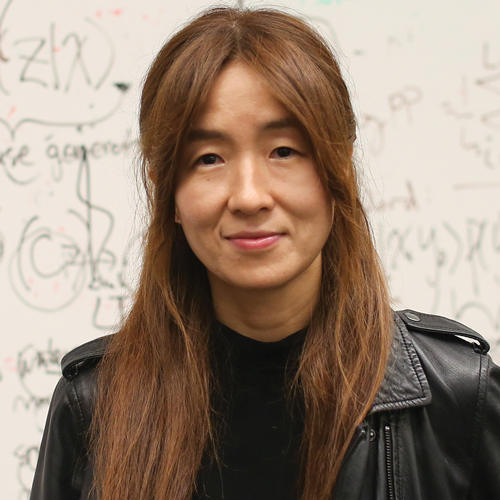
Genius at work
The MacArthur Foundation honors Yejin Choi, a professor who teaches human language to computers.
May 29, 2022
Finishing the sequence
UW researchers are contributors to the groundbreaking work of the Human Genome Project.
March 5, 2022
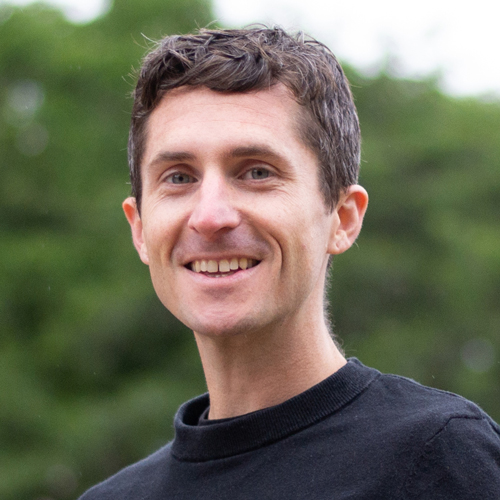
Tech can be tricky
A pilot project will establish a public-interest technology clinic to serve local community organizations and governments.
December 4, 2021
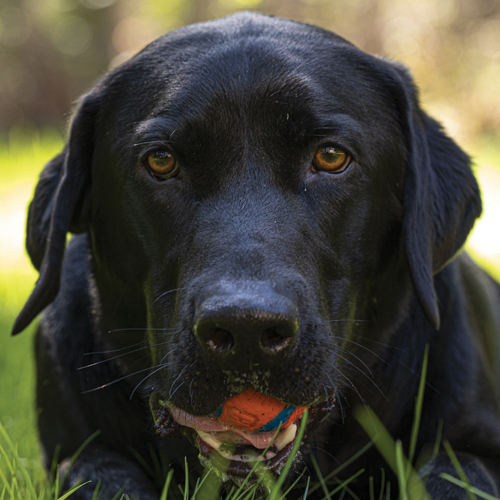
Unleashing dogs’ power
The UW’s Conservation Canines calls on dogs’ noses to find answers to pressing environmental questions.
November 19, 2021
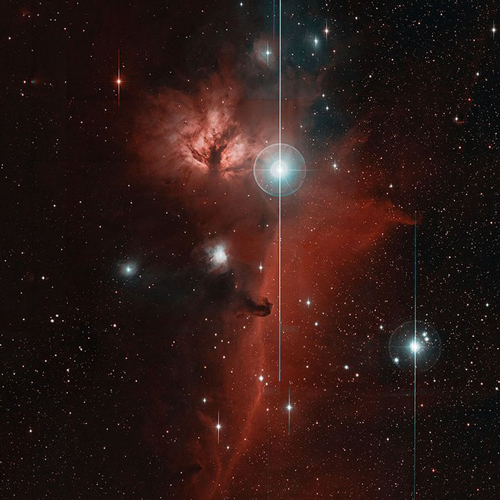
Starring role for research
Improvements in data collection allow a UW researcher and colleagues to swiftly make new discoveries in the cosmos.
June 7, 2021
New law of physics
UW researchers have discovered a new law of fluid mechanics, a branch of physics, that will affect the future of aircraft design.
March 4, 2021
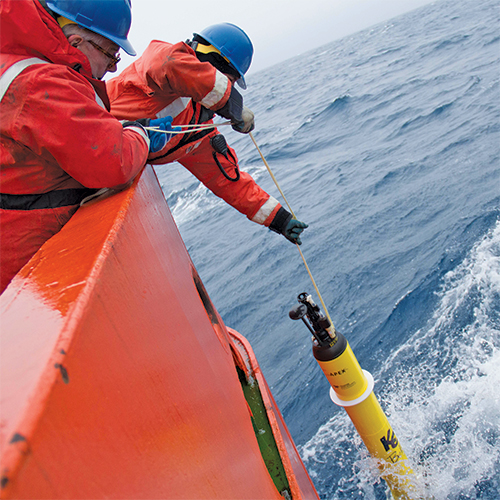
Floating robots
The UW will soon be deploying a fleet of floating robots in oceans around the world.
March 3, 2021
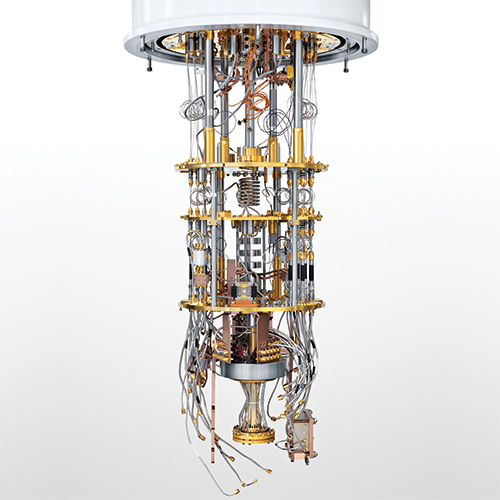
Quantum leap
UW scientists work toward a revolution in computing power, and consider the side effects it would cause.
June 24, 2020
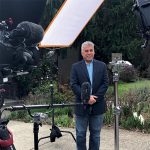
IHME in the spotlight
As the pandemic expanded across the country, IHME projections became a resource for local, regional and national leaders as they responded.
June 10, 2020
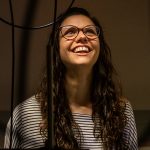
The ultimate puzzle
Doctoral student Emily Rabe loves puzzles. Now she's working on one with high stakes—one that could have a significant impact on our planet’s health.
March 30, 2020
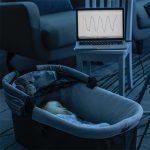
Eye on baby's breath
A UW team has used hardware similar to an Amazon Echo to create a smart speaker that detects the breathing motions of an infant’s chest.
March 1, 2019
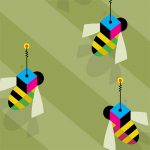
Busier bees
Using teeny, tiny batteries and sensors, insects provide a valuable eye in the sky for agriculture.
November 30, 2018
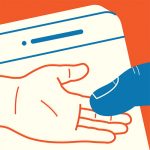
Tech for mental health
UW Medicine researchers are exploring how a smartphone might help someone manage a severe mental illness such as schizophrenia or bipolar disorder.
August 6, 2018

Shooting for the stars
For 40 years, a group of Seattle-area women has helped UW students strive to be the best in science and engineering.
April 5, 2018
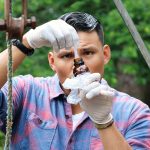
International problem solvers
Outside of the classroom, UW engineering students solve problems around the world.
March 13, 2018
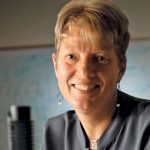
New point of view
Lisa Zurk, ’95, will be the first woman to lead the Applied Physics Laboratory.
March 6, 2018

Cyber safe
Stefan Savage, ’02, earned a MacArthur "genius" grant for his work on cyber security.
December 15, 2017

The puzzle of aging
Building on decades of research and outreach, UW experts are piecing together new ways to live longer and better.
December 8, 2017
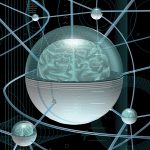
Engineering on the brain
Doctors, engineers and other experts work together at the UW Center for Sensorimotor Neural Engineering.
December 7, 2017
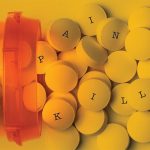
The opioid boom
The prevailing practice for treating addiction to painkillers led to the worst man-made epidemic in modern medical history.
June 27, 2017
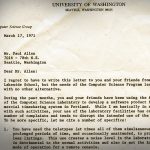
Welcome back, Paul Allen
Before he funded UW's computer science labs, Paul Allen got kicked out of them.
March 1, 2017
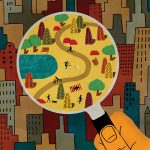
Gates gift
A historic $279 million donation will enable the Institute for Health Metrics and Evaluation to forecast health scenarios.
February 27, 2017

Yes, it's rocket science. Really.
Inspired by the film "Hidden Figures," the Obama White House honored a group of women of color who have contributed to NASA’s success. Two UW alumnae were included.
September 1, 2016

Deep data
In April 2015, the Axial Seamount, an active underwater volcano about 300 miles off the coast of Oregon, erupted. For the first time ever, scientists, engineers and students from the UW and around the world could watch it in real time thanks to an elaborate array of sensors they installed a year earlier.
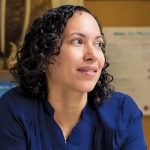
The batwoman
Forget the silly myths about vampires. Sharlene Santana discovered that the role of bats in the environment is underrated. And most don't want to bite you.
December 1, 2015
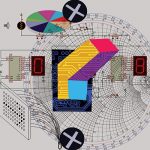
Tech that knows
A new wearable technology developed at the UW called MagnifiSense can detect what devices and vehicles the user interacts with.
September 1, 2015

High volume
Recordings by current and former UW researchers in fjords show that melting at glacier edges in the narrow rock-edged canyons are some of the noisiest places in the sea.

Cellphone guilt
A new UW study finds that cellphone use at playgrounds is a significant source of parental guilt, as well as a powerful distraction when children try to get caregivers’ attention.
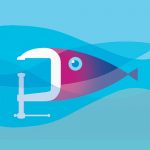
Cling like a fish
Scooting around in the shallow, coastal waters of Puget Sound is one of the world’s best suction cups. It’s called the Northern clingfish, and its small, finger-sized body uses suction forces to hold up to 150 times its own body weight.
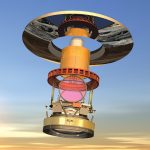
Space explorers
Fifty years is no time at all for a universe that dates back 13.8 billion. But for those who study the sky, the past five decades have changed everything.
March 1, 2015
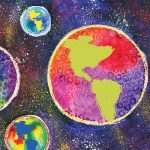
Mirage Earths
Planets orbiting close to low-mass stars—the most common stars in the universe—are prime targets in the search for extraterrestrial life. But new research led by an astronomy graduate student at the UW indicates some such planets may have long since lost their chance at hosting life.
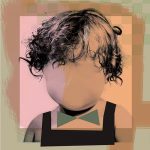
Baby face
It’s a game parents like to play: What will my child look like when she grows up? A computer could now answer the question in less than a minute.
December 1, 2014
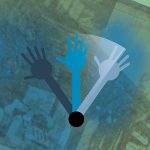
Phone training
Mobile phones have become second-nature for most people. What’s coming next, say UW researchers, is the ability to interact with our devices not just with touchscreens, but through gestures in the space around the phone.
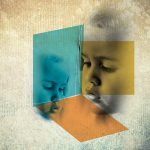
Toddler logic
Researchers have found that children as young as 2 intuitively use mathematical concepts such as probability to help make sense of the world.
September 1, 2014
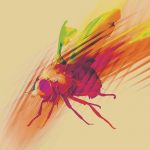
Fighter flies
University of Washington researchers used an array of high-speed video cameras operating at 7,500 frames a second to capture the wing and body motion of flies after they encountered a looming image of an approaching predator.
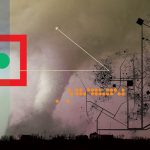
Robot response
UW electrical engineers have developed telerobotics technology that could make disaster response faster and more efficient.
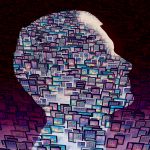
About everything
Computer scientists from the UW and the Allen Institute for Artificial Intelligence in Seattle have created the first fully automated computer program that teaches everything there is to know about any visual concept.
June 1, 2014
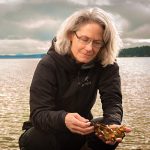
Deep into oceans
The chemistry of the ocean has changed dramatically over the decades that Terrie Klinger has been studying her beloved West Coast waters.
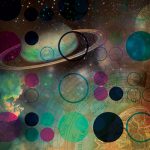
Planetary bonanza
University of Washington astronomer Eric Agol played a key role in the discovery of 715 new exoplanets announced by NASA Feb. 26. Agol was on a team that found seven of those worlds, all in orbit around the same star, Kepler-90.
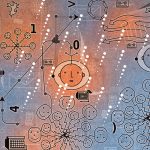
Robot observers
This fall the UW will complete installation of a massive digital ocean observatory. Dozens of instruments will connect to power and Internet cables on the sea floor, but the observatory also includes a new generation of ocean explorers: robots that will zoom up and down through almost two miles of ocean to monitor the water conditions and marine life above.
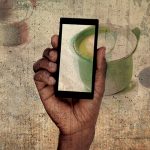
Mobile medicine
A collaboration between UW Computer Science and Engineering and PATH, a Seattle-area non-governmental organization, has led to a simple, ingenious solution to a dilemma facing women in Sub-Saharan Africa who wish to store breast milk. While medical care and safe water are not always available, most Africans today have smartphones.
March 1, 2014
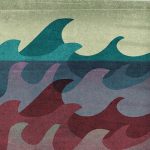
Lake Mars
The mystery of how the surface of Mars, long dead and dry, could have flowed with water billions of years ago may have been solved by research that included a University of Washington astronomer.
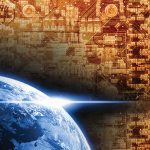
Got data. Now what?
At the UW, the best minds are collaborating to ask questions and harness the power of “Big Data” to find answers and seek solutions to advance the common good.
September 1, 2013
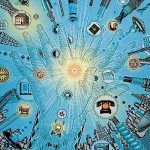
Wi-Fi lifestyle
Thanks to gesture-recognition technology developed by University of Washington computer scientists, you may soon be able to brew a pot of coffee, shut off your computer, and turn up the stereo with just a few waves of your hands.
June 1, 2013
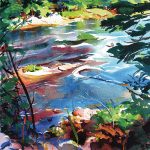
Sediment settlement
Salmon are headed upstream in the Elwha River for the first time in more than a century, but sediment—and lots of it—is headed downstream. The sediment is the result of the largest dam removal project ever undertaken.
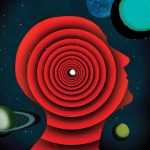
Planet unearthed
Using the Kepler telescope, scientists have been looking for Earth-like planets beyond the solar system since 2009. UW associate professor of astronomy Eric Agol has discovered perhaps the most Earth-like planet yet found outside the solar system.
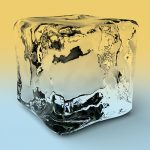
Keeping cool
UW scientists have provided fresh insight into an issue that has vexed civilization since the beginning: how to keep a drink cold on a hot day.
December 1, 2012

Smarter on asthma
Researchers at the UW and Seattle Children’s have developed a smartphone app that gives an accurate reading of lung function.
September 1, 2012

Stat star
Awards and honors aren’t what it’s about for the School of Public Health’s Daniela Witten, assistant professor in the nation’s No. 1 rated Biostatistics Department. She’s in it for the work.
June 1, 2012
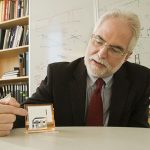
Distance diagnostics
Paul Yager, chair of the UW Bioengineering Department, is principal investigator on two grants totaling up to $26 million that aim to move diagnostic medicine away from standard antibody testing to paper.
March 1, 2012
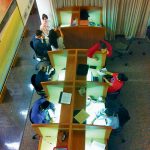
More pressure, less tech
A UW Information School study found that college students—only weeks away from final exams and studying in the library—intentionally pared down their use of information technology devices.
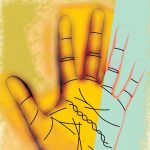
Genome funding
The National Human Genome Research Institute recently announced the establishment of two major programs at UW that will receive about $30 million in funding over four years.
June 1, 2011
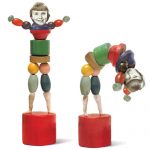
The math barrier
Parental and educational practices aimed at enhancing girls’ self-concepts for math might be beneficial as early as elementary school, when youngsters are beginning to develop ideas about who does math.
March 1, 2011
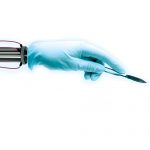
Hacking Kinect
The UW Biorobotics Lab came up with an intriguing idea: adding sensory feedback to see if the Xbox Kinect could be a training method for students learning to perform surgery.
December 1, 2009
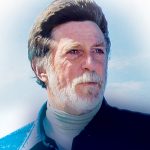
Record grant
The University of Washington is slated to receive its largest-ever federal award—$126 million over 5+ years—to connect the ocean to the Internet.
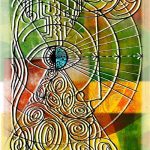
Vision for contacts
Babak Parviz’s vision of the future can be summed up in one word: plastic. A circle of flexible plastic imprinted with tiny electronic circuits, that is.

Self-destructing data
“The Internet never forgets.” That’s Tadayoshi Kohno, an assistant professor of computer science and engineering, explaining the inspiration behind a new program called Vanish, which causes data posted online to self-destruct.
September 1, 2009
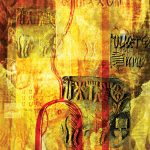
Tablets of mystery
An ancient mystery, a modern-day academic debate, and state-of-the-art computer science—these are the elements of recent research by Rajesh Rao, UW associate professor of computer science and engineering.
March 1, 2009
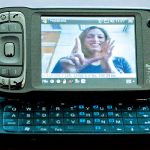
Lifelines and vital signs
Richard Ladner is developing a variety of accessibility technologies to help people who are blind or deaf use computers, communicate and — perhaps closest to his heart — learn.
December 1, 2008
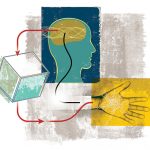
Potential breakthrough
Aided by external wires that rerouted signals from their brains, two macaques regained control of their paralyzed wrists and played a simple video game.

Brilliance unleashed
With the recruitment of luminaries like Michael Hochberg, the UW is fast becoming a nanophotonics powerhouse.
September 1, 2008
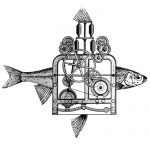
School of Robofish
UW researchers have put a new spin on the fin: they’ve made a robotic fish that can communicate with its schoolmates.
December 1, 2006
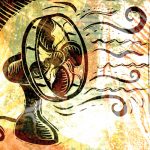
Cool idea
University of Washington researchers have succeeded in building a cooling device tiny enough to fit on a computer chip.
June 1, 2006
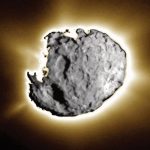
Gathering dust
The longest round trip in human history has brought back evidence that could yield clues to the origins of the solar system.
March 1, 2002

To the moon
Using laser beams, 30-year-old reflectors and 21st century computing power, UW scientists plan to make the most exact measurement of the distance to the moon in history—accurate to the width of a paper clip.
March 1, 2000

Anti-bacterial armor
Buddy Ratner is leading a UW research team that may have discovered a way to prevent thousands of deaths from hospital-acquired infections each year.
September 1, 1999
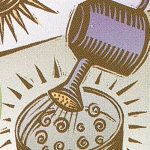
Stem cell breakthrough
A team of UW scientists has found a way to grow stem cells from mice in the laboratory.
September 1, 1996
Mount Rainier poses top threat among Cascade volcanoes
Mount Rainier has moved to the top of the list of a UW scientist's most seismically hazardous Cascade volcanoes.
June 1, 1995
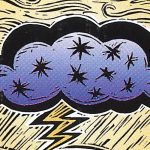
Clouds in focus
Scientists are still puzzled by how clouds exactly rule the skies. At the UW, they are looking at tiny, cloud-borne ice particles.
December 1, 1994

Smarter computers
Software engineers are creating programs that will turn computers into the ultimate in personal assistants.
September 1, 1994
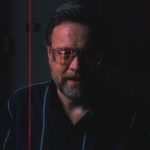
Eye-catching tech
Take a good long look at your laptop computer screen. It soon could become a collector's item. And it will have company.
June 1, 1994
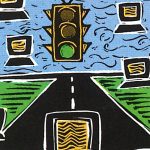
Making video move
Electrical Engineering Professor Yongmin Kim's computer system compresses and decompresses full-motion video signals at 30 frames a second.
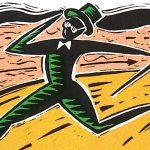
Parkinson’s assist
Sport glasses that allow a viewer to watch TV while mowing the lawn may someday allow Parkinson's disease victims to walk at a normal pace.
March 1, 1994
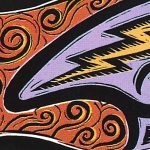
Electronic sniffer
The age of "Artificial Insmelligence" has arrived: UW engineers have cooked up an electronic nose.
December 1, 1993
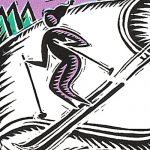
Stronger skis
UW engineers say they can help the last major U.S. manufacturer of downhill skis—Washington-based K2 Corp.—keep its competitive edge.
September 1, 1993
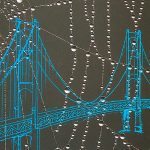
The ultimate biotech
The emerging field of biomimetics draws on some of the most powerful source material imaginable: hundreds of millions of years of evolution.
December 1, 1992
UW lures Leroy Hood to help break the human genetic code
In a 15-year, $3-billion project, scientists are trying to map the chemical sequence of every gene in the human being, what they call the human genome.
March 1, 1992

Mini-robot invented
UW electrical engineers have "shrunk" a robot arm to the size of a soft drink can, creating what could become a family of low-cost, mini-robot arms.
September 1, 1990
State of the art
Engineers have invented an image-processing system that may be the world's sharpest, fastest and least expensive.
